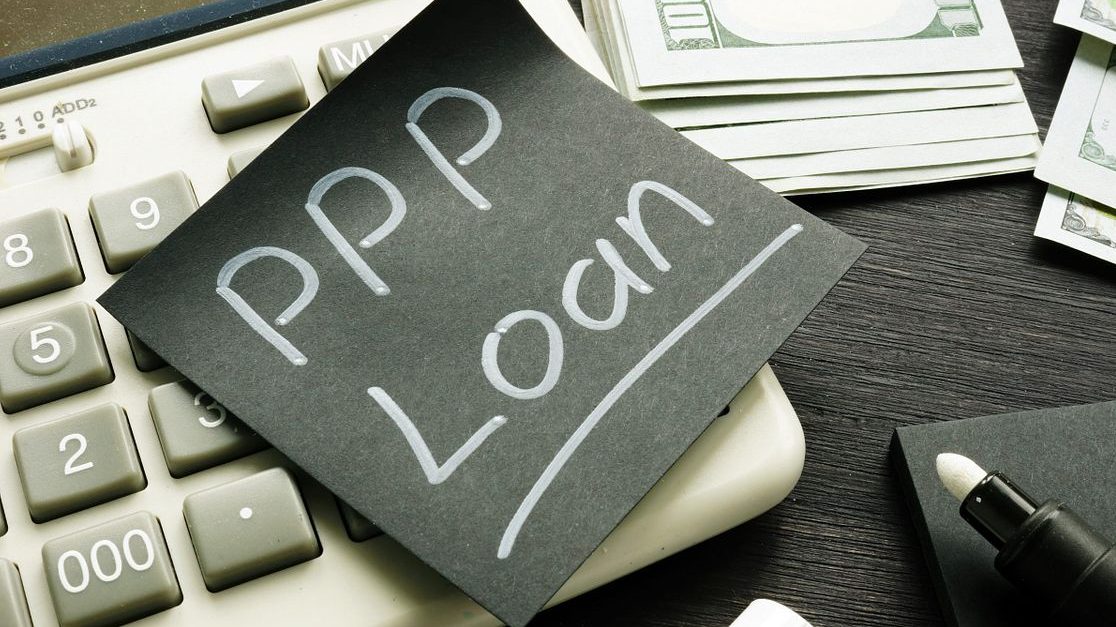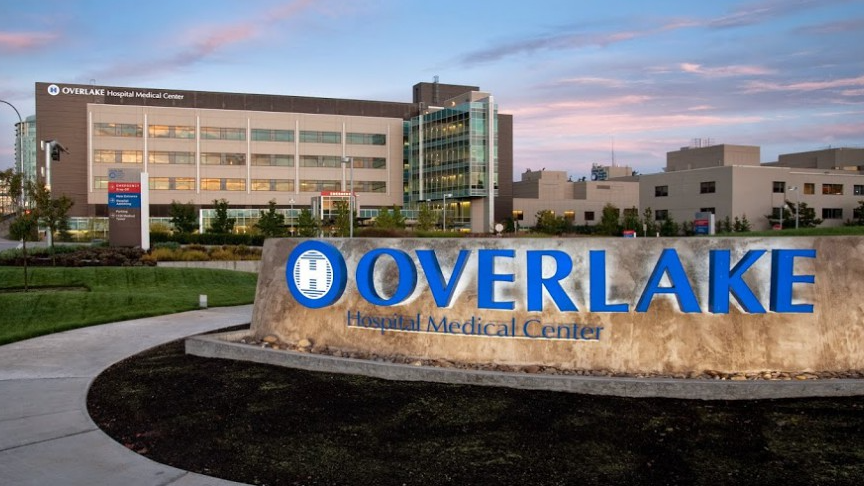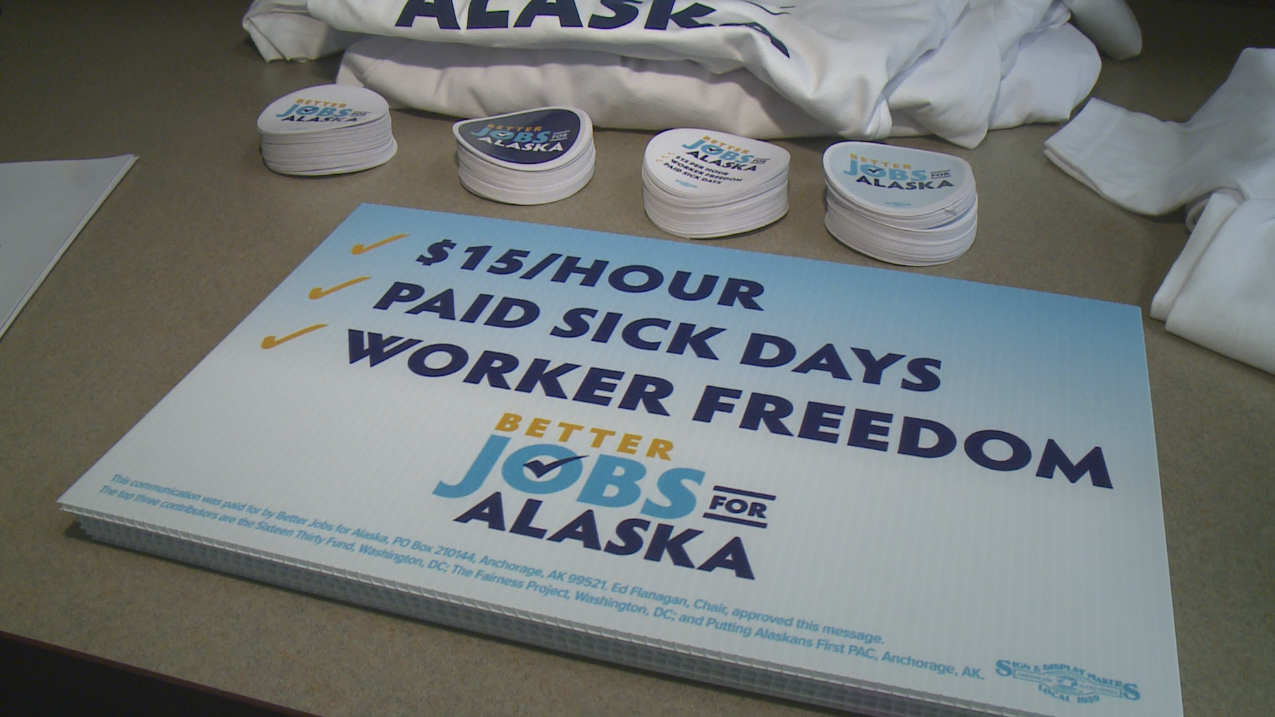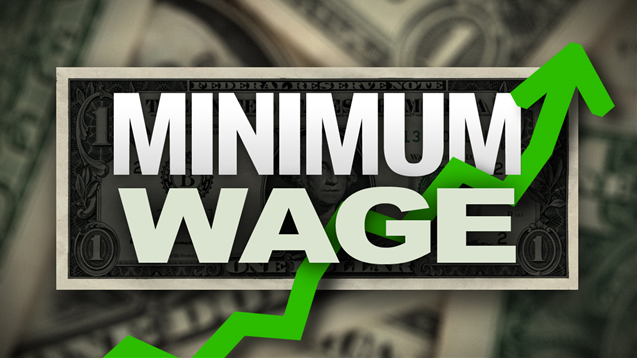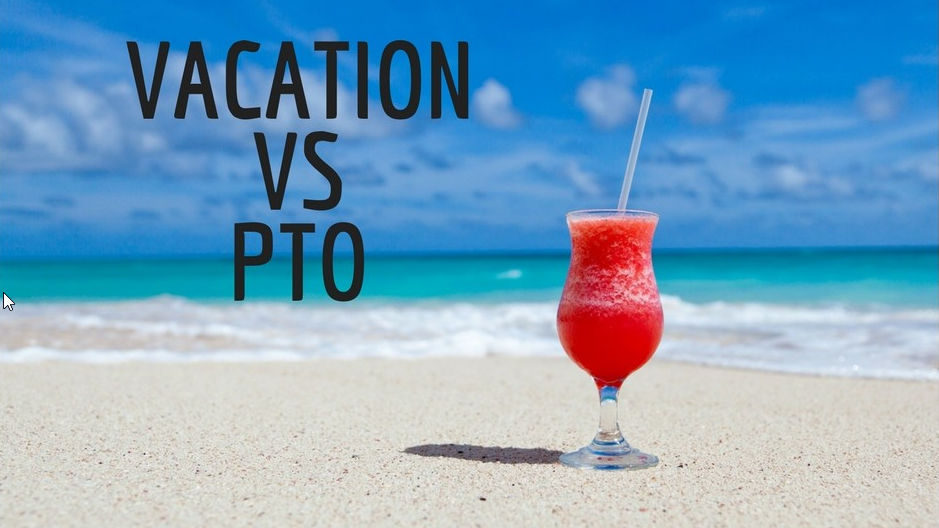On December 27, 2020, President Donald Trump signed the Consolidated Appropriations Act, 2021 providing for the continued operation of the federal government for the next fiscal year ending September 30, 2021. Included in this legislation is funding for the Economic Aid to Hard-Hit Small Businesses, Nonprofits, and Venues Act (Otherwise known as Title III) which includes several components:
Paycheck Protection Program (PPP) Funding
$146.5 Billion was leftover from the allocated amount of the CARES Act for PPP loans. This amount was returned to the US Treasury and a new $284.45 Billion PPP fund created to allow a second draw of loans for businesses with $35B guaranteed for recipients who did not receive a previous PPP loan. In addition, the program designates $20 Billion in Economic Injury Disaster Loans (EDIL) for smaller businesses and $15 billion reserved for live venues, independent movie theaters and cultural institutions.
Title III Expansion
Title III of the law expands the permitted (and potentially forgivable) uses of PPP loan proceeds to include (in addition to the payroll expenses and covered utilities and covered rent permitted under the CARES Act):
- Covered operations expenditures defined as a “payment for any business software or cloud computing service that facilitates business operations, product or service delivery, the processing, payment, or tracking of payroll expenses, human resources, sales and billing functions, or accounting or tracking of supplies, inventory, records, and expenses.”
- Covered costs related to property damage and vandalism or looting due to public disturbances during 2020 not covered by insurance
- Covered supplier costs pursuant to a contract for goods in effect prior to the PPP loan covered period and that are essential to the current operations of the entity when made
- Covered worker protection expenditures for personal protective and other equipment needed to help a borrower comply with federal health and safety guidelines related to the COVID-19 pandemic during the period between March 1, 2020, and the date on which COVID-19 no longer qualifies for federal emergency status.
- Clarifies employer-provided group insurance benefits other than healthcare benefits (e.g., group life, dental, vision, or disability) fall within the definition of forgivable payroll costs
Second PPP Loan Availability
The new PPP program allows eligible entities to receive a second PPP loan, referred to as a “second draw.”
To qualify as an eligible entity, a prospective PPP borrower must:
- Employ not more than 300 employees; and
- Demonstrate at least a 25% reduction in gross receipts in any quarter of 2020 relative to the same 2019 quarter.
Generally, the second draw loan amount is calculated on the same basis as the original PPP loans (up to 2.5 times average total monthly payroll costs in the one year prior to the loan) but is capped at $2 million. Special rules apply to entities that are assigned a NAICS code beginning with 72 (generally, hotels and restaurants). These entities can borrow up to 3.5 times their average monthly payroll costs, but the loan amount is still capped at $2 million.
Loan Forgiveness
Borrowers would be eligible for loan forgiveness equal to the sum of their payroll costs, covered mortgage, rent, utility payments, covered operations expenditures, covered property damage costs, covered supplier costs, and covered worker protection expenditures incurred before the end of the covered period (as modified by the Act). The current spending requirement of 60/40 minimum on payroll costs for full forgiveness would continue to apply.
The program also significantly simplifies the loan forgiveness application and documentation process for loans up to $150,000. These loans would be forgiven in full if the borrower signs and submits a certification (of not more than one page) that provides minimal information (number of employees retained due to PPP loan, estimated amount of loan spent on payroll expenses, and total loan value) and agrees to retain relevant records for a period of four years (employment records) or three years (all other records).
Extension of Credits for Paid Sick and Family Leave
The Act extends until March 31, 2021, the period during which credits for emergency paid sick leave and paid family leave under the Families First Coronavirus Response Act (FFCRA) are available. Essentially, the credits are available as if the emergency paid sick leave and paid family leave provisions under the FFCRA (subject to all applicable limitations) had been extended through March 31, 2021.
Employer Credit for Paid Family and Medical Leave
The Tax Cuts and Jobs Act of 2017 provided a federal tax credit for employers who provide paid family and medical leave to their employees. The relief package extends the employer credit through December 31, 2025, and applies to wages paid in taxable years beginning after Dec. 31, 2020.
Health and Dependent Care Flexible Spending Arrangements
The relief package allows taxpayers to roll over unused amounts in their health and dependent care flexible spending arrangements from 2020 to 2021 and from 2021 to 2022. This provision also permits employers to allow employees to make a 2021 mid-year prospective change in contribution amounts.
Extension of Deferred Payroll Taxes
The employment tax deferral which was the subject of President Trump’s August 8, 2020, Memorandum on Deferring Payroll Tax Obligations in Light of the Ongoing COVID-19 Disaster, the due date for the withholding and payment of the employee share of Social Security taxes on certain wages was postponed until the period beginning on January 1, 2021, and ending on April 30, 2021. The Act extends the deadline for employees to repay these deferred taxes until December 31, 2021.
Expenses Associated with PPP Loan are Deductible
The Act clarifies that expenses paid with forgiven PPP loan proceeds are tax-deductible. This overrides previous IRS guidance disallowing deductions for these eligible expenses.
Temporary Allowance of Full Deduction for Business Meals
The Act temporarily allows a 100% deduction for business expenses of food or beverages provided by a restaurant which are paid or incurred between January 1, 2020, and December 31, 2022.
Employer-provided student loan repayment
An employer may contribute up to $5,250 annually toward an employee’s student loans, and such payment would be excluded from the employee’s income. The $5,250 cap applies to both the new student loan repayment benefit as well as other educational assistance (e.g., tuition, fees, and books) provided by the employer under current law. The provision expires on December 31, 2025.
To find ways to take advantage of the new Appropriations Act, contact Time Equipment Company at sales@timeequipment.com or 800-977-8463.
*This document simplifies complex Acts as it is understood by Time Equipment Company. It is not to be taken as legal advice. The regulations for this program are changing. For further information about the Paycheck Protection Program please visit www.sba.gov or www.coronavirus.gov


